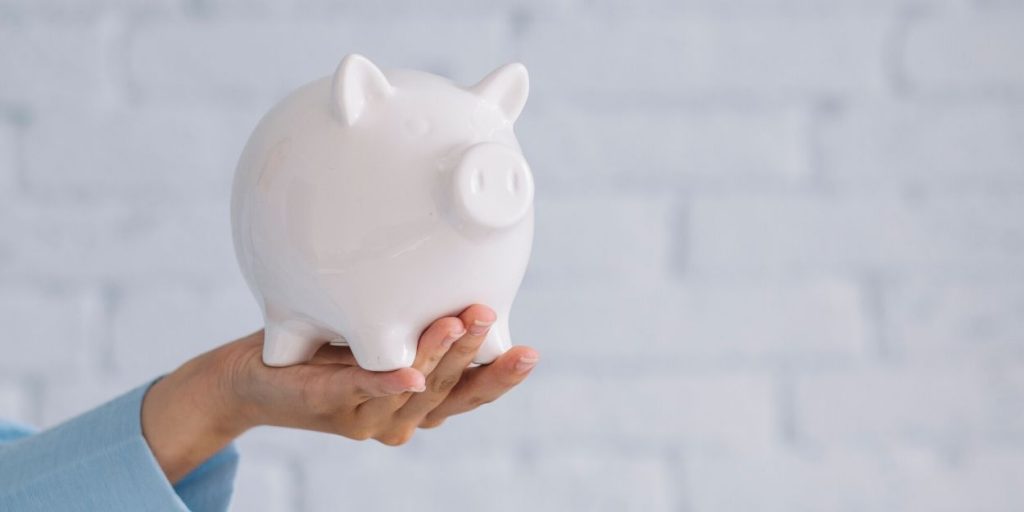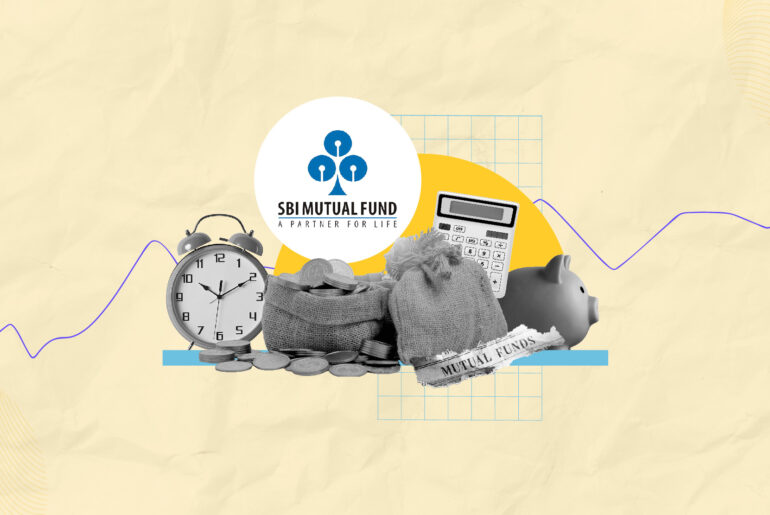Last Updated on Aug 24, 2022 by Vyshakh
You can never be too careful about your finances and you’ll know why if you have ever faced an emergency and had no contingency fund in place. These words are not to cause you to worry but only to encourage to plan for contingencies or, in other words, emergency expenses ahead of time. After all, life is full of uncertainties. So, planning for them beforehand rather than waiting for the end moment is a smart move.
Want instances? Cool, since you asked. Look at the current scenario, what a curveball life has thrown at us, COVID-19! Imagine millions of people are affected by the coronavirus pandemic and most of the world is locked down in their homes. While you may have survived March with February’s salary, what about April and the months that follow, do you have a plan? God forbid, if you are one among the masses who have to put through pay cuts or worse, will your income be sufficient to stay afloat through this month? Ponder over it and reflect.
The outbreak of COVID-19 is one of the many unpredicted events that life can throw at you. So, unless you want to live at the mercy of lemons that life directs at you, build an emergency fund to stay afloat during difficult times. If you have some bucks saved to your name, well and good! If not, it is never too late to start afresh. Nevertheless, it is no guarantee that an emergency fund would help you address an unexpected event like a pro, but it can decrease the level of unpleasantness. Getting the hang of it? Good!
So, here’s a guide on the essentials of a contingency fund to help you get started with your emergency fund planning or even boost it if you possess one.
Table of Contents
Contingency fund meaning
An emergency or contingency fund is the money or a portion of your monthly income that set aside regularly to address unexpected events. As mentioned, an emergency can take any form such as a critical medical treatment, drainage system breakdown, and a loss of job. While we are at identifying what qualifies an unexpected event, let us be very clear, an unplanned expense such as shopping on a tempting offer is not an emergency. If even now, you find yourself at crossroads, its time you make tough but right decisions.
When should you start a contingency fund?
The answer is simple, as soon as you start receiving an income. There’s no better time. But if you have been earning for quite some time, now is the right time to start a contingency reserve. The answer changes if you have been earning for a while now but a debt to repay. In this case, your course of action should be to build a starter emergency fund for repayment purposes and gradually increase your contribution to the primary contingency fund.
Calculating emergency fund
While experts suggest building an emergency fund that equals 3-6 times your monthly living expenses, how much you need to contribute also depends on other factors:
- Number of earning members in your household
- Stability of income in your household
- Standard of living in your household
- Total number of members in your household
- Yours or your family member’s pre-existing health conditions, if any
In any case, you should have a buffer to take you through at least 6 long months. Here’s an example to understand better. Assuming your monthly income is Rs 20,000 and expenses are Rs 12,000, your emergency fund should be worth Rs 36,000 to Rs.72,000. Simply multiply your monthly expenses by 3 or 6, as per your ability to start off.
Where should you save your emergency fund?
The objective of building a contingency fund is to be able to fund an emergency. Therefore, for a contingency reserve to meet its purpose, it should be liquid, which means easily and quickly accessible. Even so, the best place to keep your emergency funds is in a savings or a liquid fund, not under your bed or in your cupboard. The idea here is simple. You are saving for emergencies and so the funds must be safe at all costs. The sunny side to this is that your contingency fund would also earn some returns, not bad at all, ah!
How to build the best emergency fund for yourself?
We know it all sounds good in theory but the challenge is putting it to practice. Honestly, there is no hard-and-fast rule to build the best emergency fund. It all depends on your unique situation. Moreover, even the presence of a handful of obligations makes the mere thought of emergency fund planning scary. But fret not, here are a few easy steps to help you save for your rainy day without stressing much.
- Calculate your monthly household expenses including groceries, medical, transit, entertainment (remember to be mindful of your monthly budget and delete items that you can). To this, add your repayments on loans and credit cards. You can use one of the many emergency fund calculators available online. This will give you an idea of your monthly outgo
- Ascertain how much you can save on a monthly basis and take care not to be too lenient or careful. Be realistic so you don’t hit the rock bottom at the end of a month or underestimate your ability to save
- Give a standard instruction to your banker to transfer the amount you calculated in the previous point to your savings account on a monthly basis. The best day to save is your payday; save first and spend later. This way, you will not have excuses for not having saved enough. One way to do this is by automatically transferring funds to your emergency savings account each time you get paid
- If you end up saving more at the end of the month, transfer the amount to your emergency fund. You can also add all the change you can save provided you deny accepting those toffees
- Monitor your emergency fund from time to time and make necessary changes. Every time a new responsibility is added to your lot, provide for it without fail. These additional responsibilities can be relocating to a different city, marriage, birth of a child and more
- Transfer your windfalls to this fund. Your additional income can be an annual bonus, tax refund, and dividend.
Factors to consider for emergency fund planning
Of course, you can save for your contingencies in a high-yielding savings account but if you want to make the most of it, consider the following pointers.
- If you don’t wish your savings to sit idle, you can consider investing emergency fund. Opt to park your emergency savings in an investment vehicle such as a liquid mutual fund via SIP. Doing this will earn some returns and add to your emergency savings. Remember, to research well before trusting your money with it
- Since the purpose is to save for emergency expenses, take limited or no risk when saving in investments that offer returns. Risk and returns go hand in hand. That is, higher the risk higher will be the return. So, don’t go bonkers when an investment offers you high returns. You don’t want to gamble your contingency funds
- If you are investing emergency fund in a savings or a current account, ensure that it is insured with DICGC to protect your funds from any unpleasant surprises
- High liquidity is another factor to consider when choosing an avenue to save for contingencies. Again, the purpose is to meet emergencies without any challenge. So you may save a chunk in cash or savings account and the rest—for huge expenses—in bonds that can be redeemed relatively faster
Do you need an emergency fund if you have insurance that covers sudden expenses?
Well, insuring your life and possessions is one of the best financial practices you can do. However, we all know that general insurance is not free of conditions. There’s deductible and then there are exclusions and a lot more to fend by you. That’s why an emergency fund is a saviour!
Finally, remember not to dip into your contingency funds for reasons other than an emergency.
- List of Top Performing Index Funds in India (2025) - Apr 25, 2025
- Gilt Funds in India for 2025 – Meaning, Taxation, and More - Apr 21, 2025
- Alternative Investment Fund (AIF): Meaning and Category of Various AIFs - Apr 21, 2025




